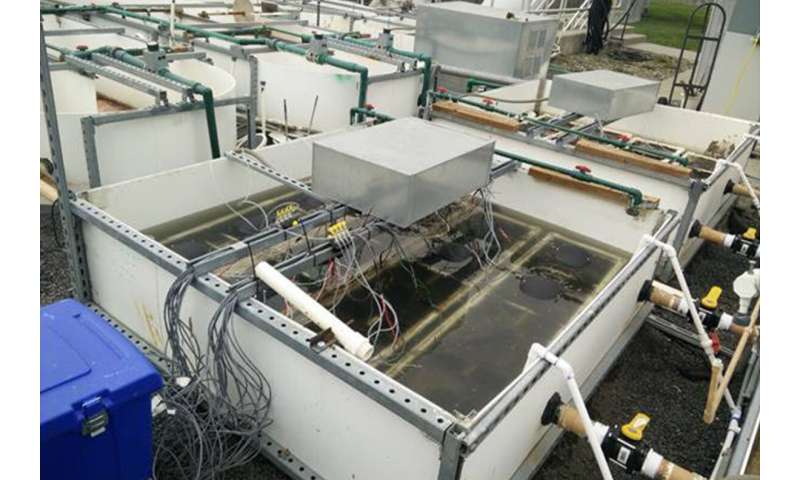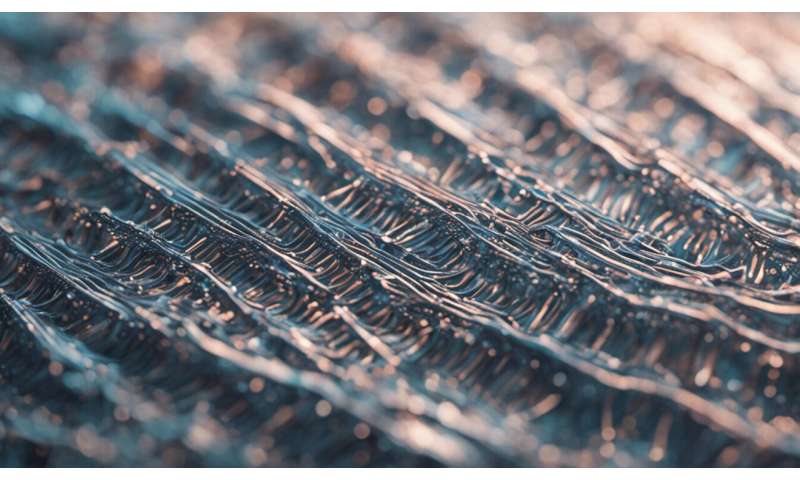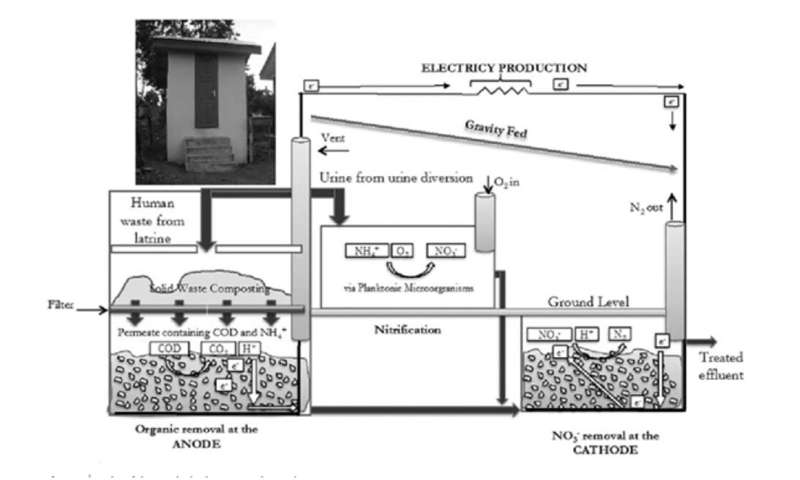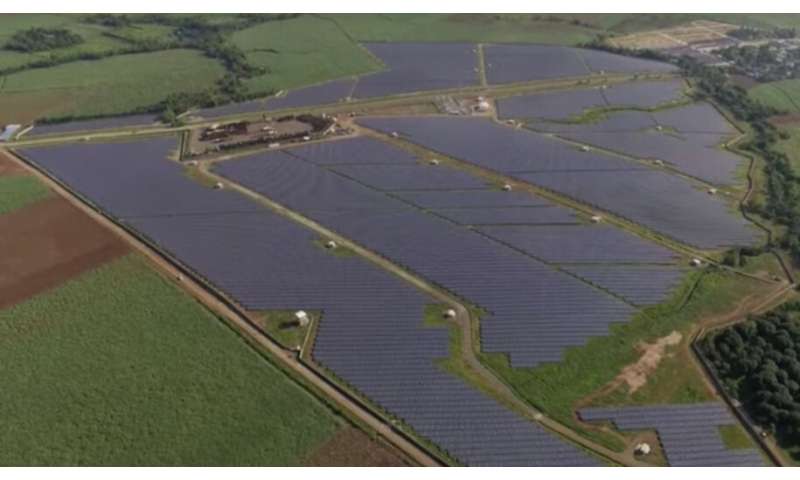Some Sask. Pen prisoners have entered into suicide pact, advocate says

Saskatchewan Penitentiary is pictured in this file photo.
Jayda Taylor Video Journalist
VIDEO AT THE END
Published Thursday, December 24, 2020
PRINCE ALBERT -- A group of prisoners serving life sentences at Saskatchewan Penitentiary have entered into a suicide pact because of a COVID-19 lockdown, according to an inmates advocate.
Sherri Maier of Beyond Prison Walls Canada has been speaking over the phone with Sask. Pen inmate Bronson Gordon whenever she can. Maier said the pact is among about eight inmates on his unit.
"I know you think I'm super strong, but I'm losing all of my strength,” Gordon told Maier in a recorded phone call she shared with CTV News.
Gordon was sentenced to life in prison with no chance of parole for 25 years after being convicted of first degree murder in 2018.
Maier said it’s unlike Gordon to feel like there’s no way out. She said the pact shows a sense of hopelessness and a means of resisting how the outbreak is being handled at the federal prison.
"Bronson's a very strong man. He prays quite a bit and now he's 'I just gave up on that. What's the point?' I know that's not like him to talk like that, that's definitely not the kind of person he is."
She said a group of inmates also went on a hunger strike.
“Following a meeting with institutional managers to discuss their concerns, several of the inmates ate lunch. We are working in close collaboration with these offenders to resolve their concerns,” said Correctional Service Canada (CSC) in an emailed statement.
Maier said inmates are being held in their cells except for about half an hour every second day.
"He's in his cell, and it's been over a week already,” Maier said about Gordon. “He reaches his arms out on both sides, he can touch both sides of the wall.”
She said inmates have asked to be let out for at least a few hours daily while wearing masks and physical distancing.
Sask. Pen deputy warden Lee Anne Skene said she’s not aware of any hunger strikes or suicide pacts among inmates.
“Offenders’ mental health and those threats are reviewed and taken very seriously,” she said, adding that staff follow a commissioner’s directive when an inmate is considering suicide.
“They would be assessed by a mental health clinician to determine what their level of need would be required or intervention need would be and then a plan would be put in place to safely address and meet their needs.”
Skene said staff conduct wellness checks twice a day. Psychiatric appointments have continued throughout the pandemic.
She said a chaplain and elders are also available to speak over the phone with offenders.
Published Thursday, December 24, 2020
PRINCE ALBERT -- A group of prisoners serving life sentences at Saskatchewan Penitentiary have entered into a suicide pact because of a COVID-19 lockdown, according to an inmates advocate.
Sherri Maier of Beyond Prison Walls Canada has been speaking over the phone with Sask. Pen inmate Bronson Gordon whenever she can. Maier said the pact is among about eight inmates on his unit.
"I know you think I'm super strong, but I'm losing all of my strength,” Gordon told Maier in a recorded phone call she shared with CTV News.
Gordon was sentenced to life in prison with no chance of parole for 25 years after being convicted of first degree murder in 2018.
Maier said it’s unlike Gordon to feel like there’s no way out. She said the pact shows a sense of hopelessness and a means of resisting how the outbreak is being handled at the federal prison.
"Bronson's a very strong man. He prays quite a bit and now he's 'I just gave up on that. What's the point?' I know that's not like him to talk like that, that's definitely not the kind of person he is."
She said a group of inmates also went on a hunger strike.
“Following a meeting with institutional managers to discuss their concerns, several of the inmates ate lunch. We are working in close collaboration with these offenders to resolve their concerns,” said Correctional Service Canada (CSC) in an emailed statement.
Maier said inmates are being held in their cells except for about half an hour every second day.
"He's in his cell, and it's been over a week already,” Maier said about Gordon. “He reaches his arms out on both sides, he can touch both sides of the wall.”
She said inmates have asked to be let out for at least a few hours daily while wearing masks and physical distancing.
Sask. Pen deputy warden Lee Anne Skene said she’s not aware of any hunger strikes or suicide pacts among inmates.
“Offenders’ mental health and those threats are reviewed and taken very seriously,” she said, adding that staff follow a commissioner’s directive when an inmate is considering suicide.
“They would be assessed by a mental health clinician to determine what their level of need would be required or intervention need would be and then a plan would be put in place to safely address and meet their needs.”
Skene said staff conduct wellness checks twice a day. Psychiatric appointments have continued throughout the pandemic.
She said a chaplain and elders are also available to speak over the phone with offenders.















